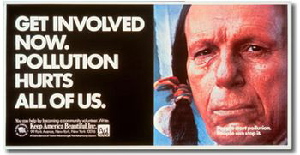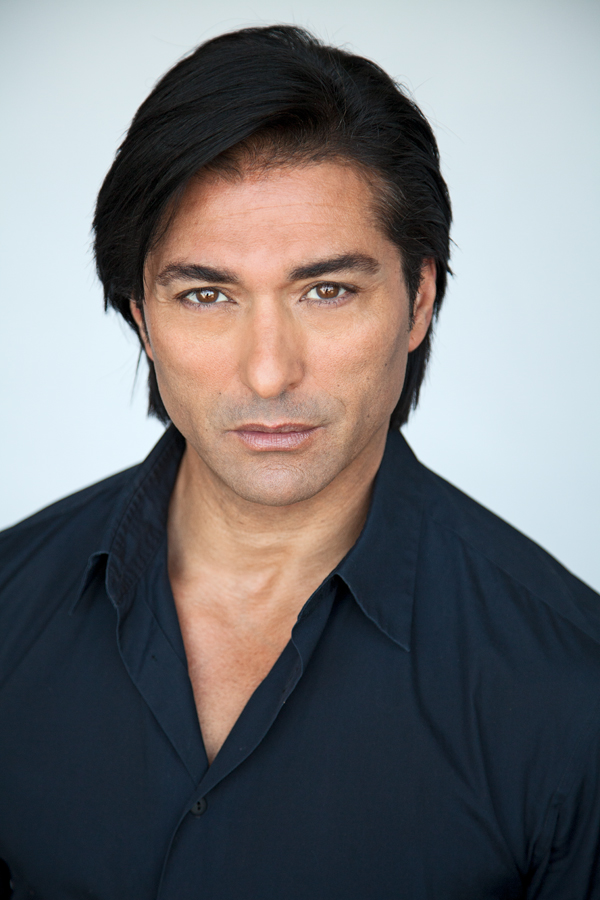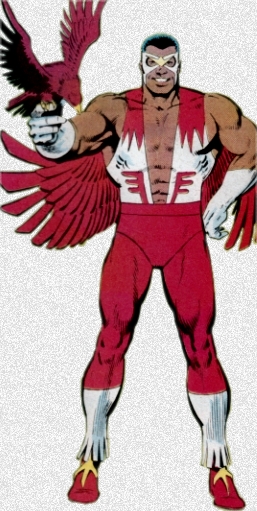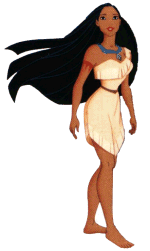Actor Jay Tavare wrote a brief history of Natives in Hollywood on the Huffington Post. His first point is unarguable, though some have tried (and failed) to argue against it:
Hollywood IndiansIt's undeniable that films influence the way the world views history and other cultures. I have heard many of my Elders say that Hollywood's portrayals of American Indians are responsible for the shallow perception most folks have of their people.But a few parts of his essay stirred up some controversy:
Hollywood also had Iron Eyes Cody. His ancestry became the center of some controversy when it became known that he was actually Italian by birth. But he did not just work as an Indian in Hollywood in the 1950s and '60s; he truly lived his life as an Indian. He can be credited as the most famous Indian in the world during that time.And:
Some debate...if a Native from Canada can play an American Indian why can't an Indian from South of the border get the same shot? Makes you wonder, why do we insist on drawing lines between who is or is not allowed to play a role according to boundaries on a map? Add to this the irony that these boundaries are for the most part established by European settlers or modern day governments, and the dispute becomes even more complex.And:
At some point, when the fight begins to be political and not creative, maybe we have to step back from interfering with the artists--the writers, directors and actors--and allow them to make their art according to their vision. After all, it's called acting for a reason. Actors are supposed to become other people in their roles. Fans respond
Fans respondThese statements led to a discussion on the NativeCelebs page in Facebook with someone named Deejay Ndn:
I think the fact that American (and Canadian) Aboriginals feel so strongly about who plays them in film is important and not something to brush aside and just "accept" because it's just "acting." Aboriginal people have had their traditions...and ceremonies made illegal up until the '70s. Also, with residential schools, we had entire languages and cultures lost in one generation. Having aboriginal people play aboriginal parts, I think is extremely important. It gives us a chance to finally show the world an authentic view of what we look like, if nothing else. Doesn't matter how old you are, you're always going to think of the "spaghetti western" Indian when asked how natives are portrayed in Hollywood. We deserve a chance to play our own roles. Also, the difference between American Indians and Mexican Indians is that or natives south of the border HAVE THEIR OWN COUNTRY! It's run by Mexicans for the interest of the Mexican people. I think that producers and directors have an obligation to make their story as authentic for the screen as possible or face criticism from the aboriginal community (which they don't seem to mind).I agree, Deejay Ndn. And I disagree with that part of Jay's column. When people like
Johnny Depp play Indians, it conveys the idea that 1) there are no real Native actors; 2) Indians have
vanished; and 3) being Indian is a matter of putting on the right clothes and makeup. In other words, "It's responsible for the shallow perception most folks have of their people."
As I've said before, would you have
Denzel Washington play JFK or
Oprah Winfrey play Sacagawea? Then why is it okay to trot out the "actors can play anyone" rationalization for Indians?
And another thing...Iron Eyes Cody is the biggest slap in the Aboriginal actors' face. Doesn't matter that he "lived traditionally." He was Italian. And as written in this article, this Italian man was the "most famous Indian of that time." Just a real shame.
The article was well written for sure, but I feel like he was trying to say Aboriginal actors don't have it so bad and that they shouldn't whine so much when non native people steal Aboriginal roles. Maybe I should read it again.
Nope. Still offensive.
What's so offensive about this article is the fact that the author is basically saying we shouldn't whine about who gets to play Indian roles. That and Iron Eyes Cody is the most famous Indian of his time. That's really offensive. It's like saying Chuck Norris is the most famous Chinese person of his time.Questioning Tavare's motivesTavare calls himself Apache and Mexican, I think. Or a man of mixed blood, as he says at the end of this article. But some have questioned his Native heritage. One could read his statements as self-serving--justifying his casting in Native roles.
As someone else wrote:
DeeJay NDN...I'm totally on board with everything you are saying about the article. It is my opinion that the writer's comment "Iron Eyes Cody is the most famous Indian of his time" was made in an attempt to put a veil over the truth of the matter...that Iron Eyes wasn't Indian, and that because "he lived his life as an Indian" and played an Indian in film and television it somehow makes it okay that he took on the identity of being and Indian full time, which was a gross misrepresentation of the truth. That's unacceptable. I also feel that the underlying intent of this article was the writer's attempt to set himself up with a "safety net" so when his true identity is finally revealed and it is clear that he is simply a modern day Iron Eyes Cody, he'll use the defense, that he practices Indian ways and culture and plays Indians in film and television; that, that makes it okay that he too has falsely taken on the identity of an Indian full time.I responded to the nationality question as follows:
I for one don't make distinctions between American, Canadian, and Mexican Indians. As I've said before, the ideal is for someone from a particular tribe to play a character from that tribe. So ideally an Apache should play the Apache
Tonto.
Second choice is someone who has the blood, knows the culture, and has lived as part of it. If it's not someone from a particular tribe, a Canadian or Mexican Indian is as good as an American Indian. These artificial national borderlines shouldn't matter to Indians.
A distant third choice is someone who's Latino or mixed-race who knows little or nothing about his heritage. I'd put Robert Beltran (
Chakotay) in that category; he declared he was part Indian only after getting the role. Same with Johnny Depp or
Taylor Lautner.
An unacceptable fourth choice is a white guy like Iron Eyes Cody. No way should that happen no matter how much he lived like an Indian. You'd think we were beyond that, but white actors played Inuit characters in the 2010 movie
The Last Airbender, so the problem continues.
Comment: For more on the subject, see
Diamond on Hollywood Indians and
Native Diversity 2010 Video.
Below: Jay Tavare.

















